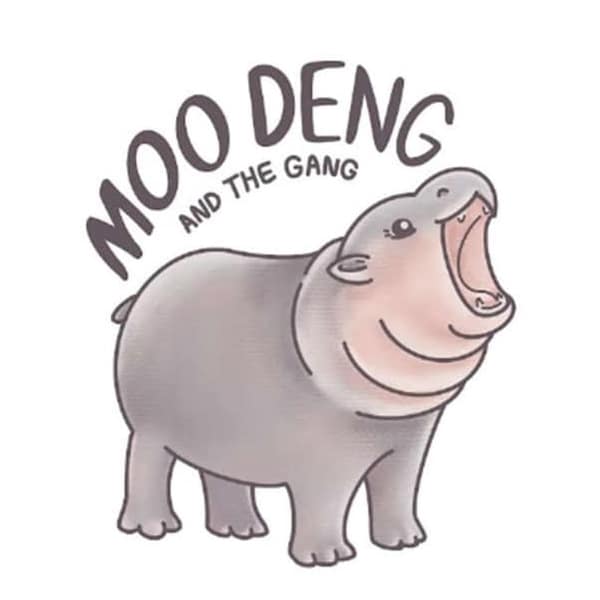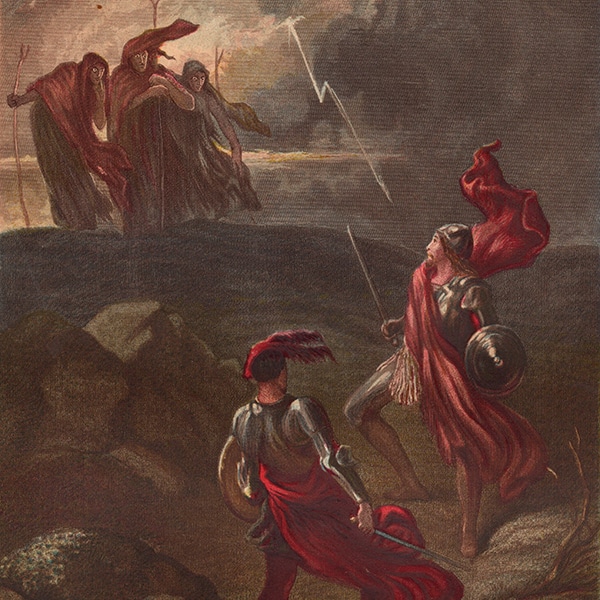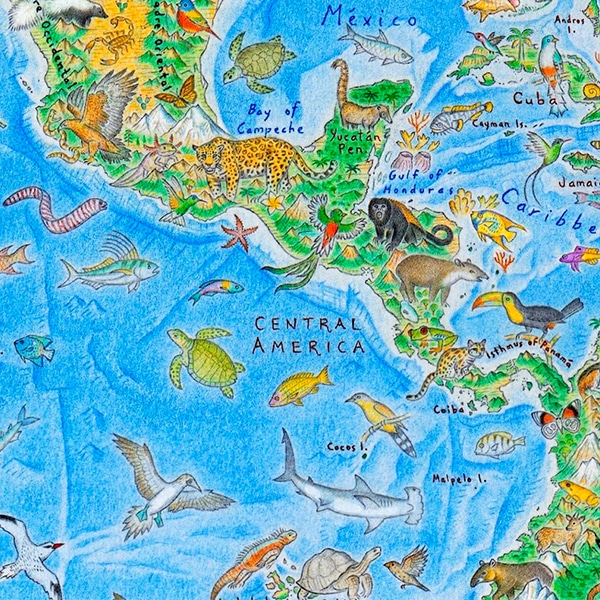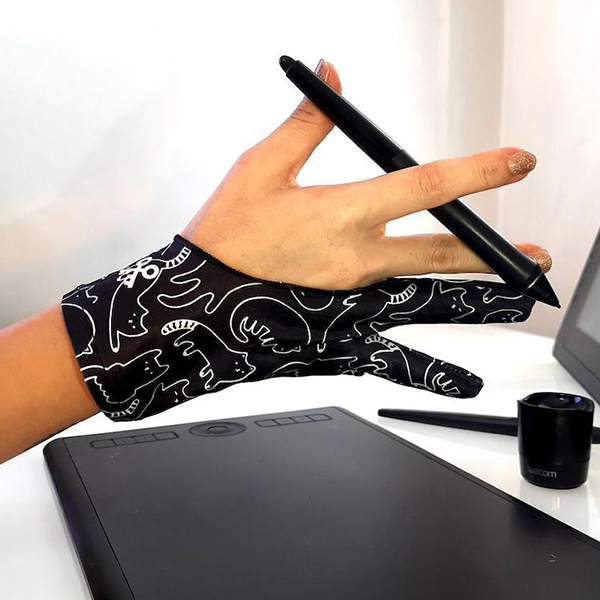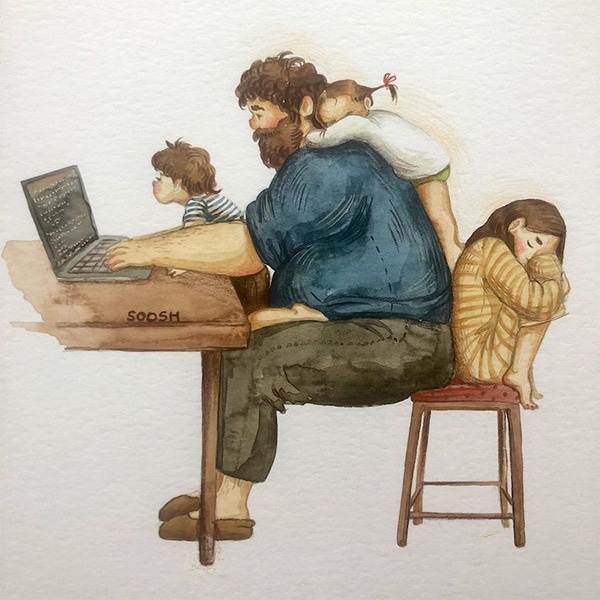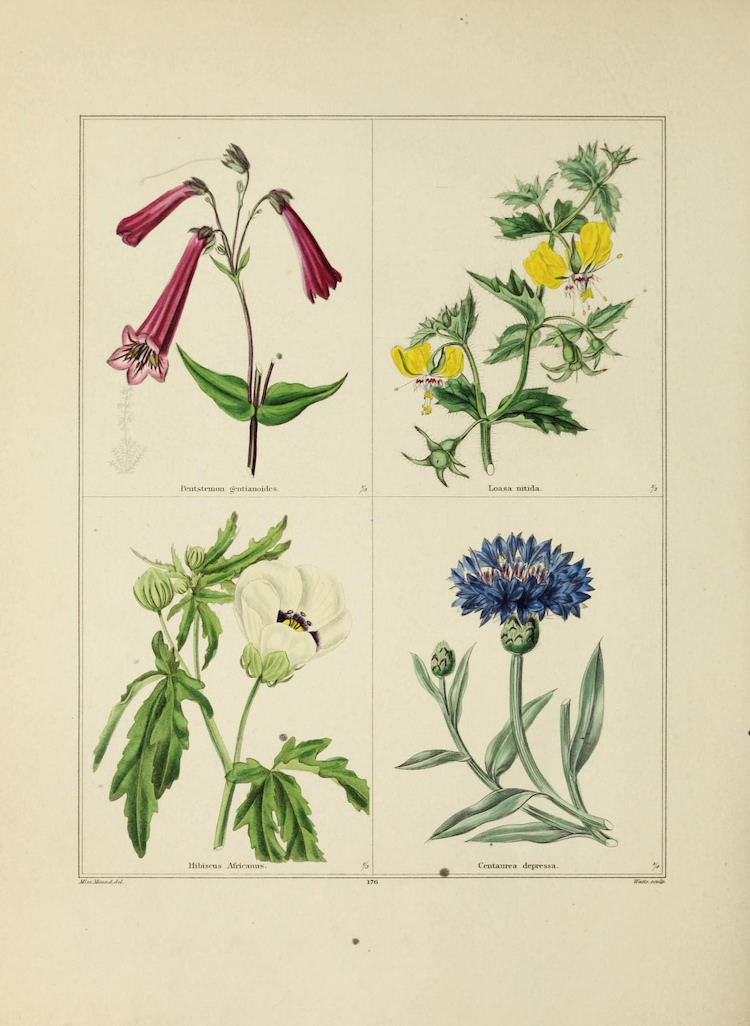
Photo: Biodiversity Heritage Library (CC BY 2.0)
Prior to the invention of photography, botanical illustration was the only way of visually recording the world’s many species of plant life. Today, science books are full of highly detailed photographs—typically taken with a macro lens or even a microscope—allowing us to discover the fascinating forms of flora and fauna. However, before these advances in technology, it was artists and illustrators who were depended on to share the beauty of botany with the world. Botanical illustration can often depict various parts of a plant in a way photos cannot. The job requires great artistic skill, attention to fine detail, and technical horticultural knowledge.
In the past, illustrations of plant life were used by physicians, pharmacists, botanical scientists, and gardeners for identification, analysis, discovery, and classification. While these works are not as relevant to researchers today, they have become an inspiration for artists who are paying homage to plant life in contemporary ways.
What is botanical illustration?
Botanical illustration is the art of depicting the form, color, and details of plant life. The practice can be traced back to sometime between 50 and 70 CE when an illustrated book titled De Materia Medica was created by Greek botanist Pedanius Dioscorides to help readers identify plant species for medicinal purposes. The eighteenth century saw many advances in the printing processes, allowing colors and details of drawings to appear even more accurately on paper. Artists often used watercolor, gouache, or other paints to achieve the desired vibrancy. As interest in botanical publications increased, the role of botanical illustrator came to be considered a respected profession.
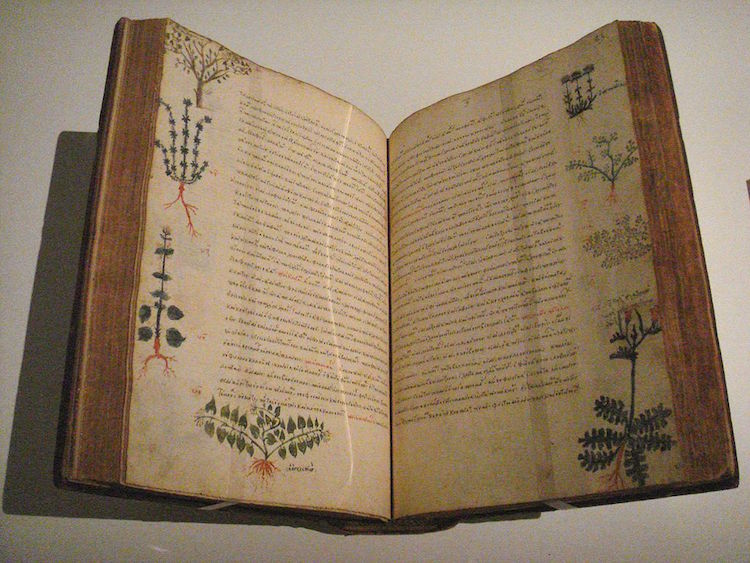
Photo: PHGCOM via Wikimedia Commons (Public domain)
Famous Botanical Artists of the Past
There are many artists and illustrators from around the world who made significant contributions to scientific publications on plant life. Read on to discover some of the most famous ones throughout history.
Maria Sibylla Merian (1647 – 1717)
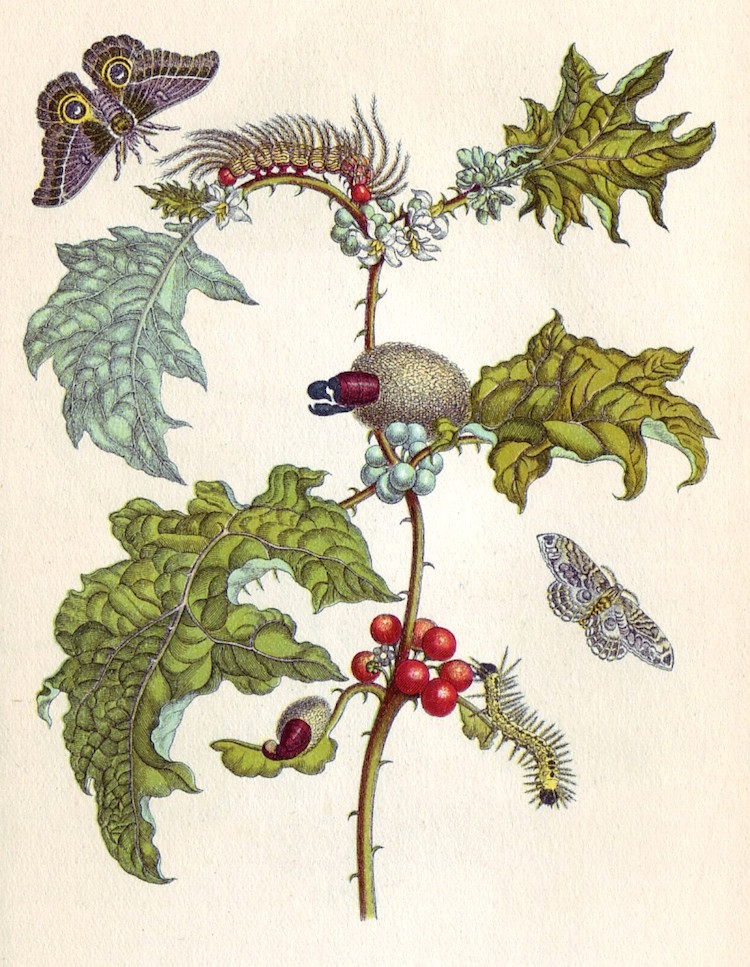
Photo: Maria Sibylla Merian via Wikimedia Commons (Public domain)
Regarded as one of the greatest ever botanical artists, German artist Maria Sibylla Merian created stunning natural history paintings in her own distinct style. She’s best known for illustrating the life cycle of an insect against the background of its host plant.
Pierre-Joseph Redouté (1766 – 1854)
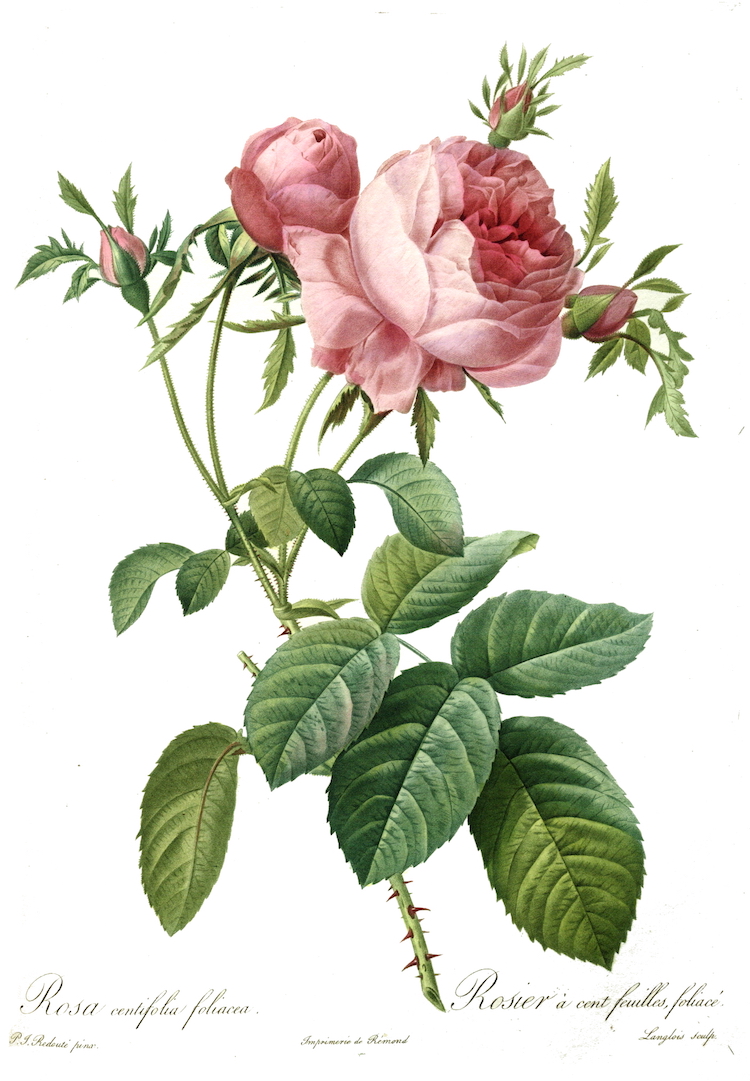
Photo: Pierre-Joseph Redouté via Wikimedia Commons (Public domain)
Employed as a royal flower painter by both Marie Antoinette (the last Queen of France) and the Empress Josephine Bonaparte, French artist Pierre-Joseph Redouté is renowned for his paintings of roses, lilies, and other flowers—many of which remain popular today.
The Bauer Brothers (1750s – 1850s)
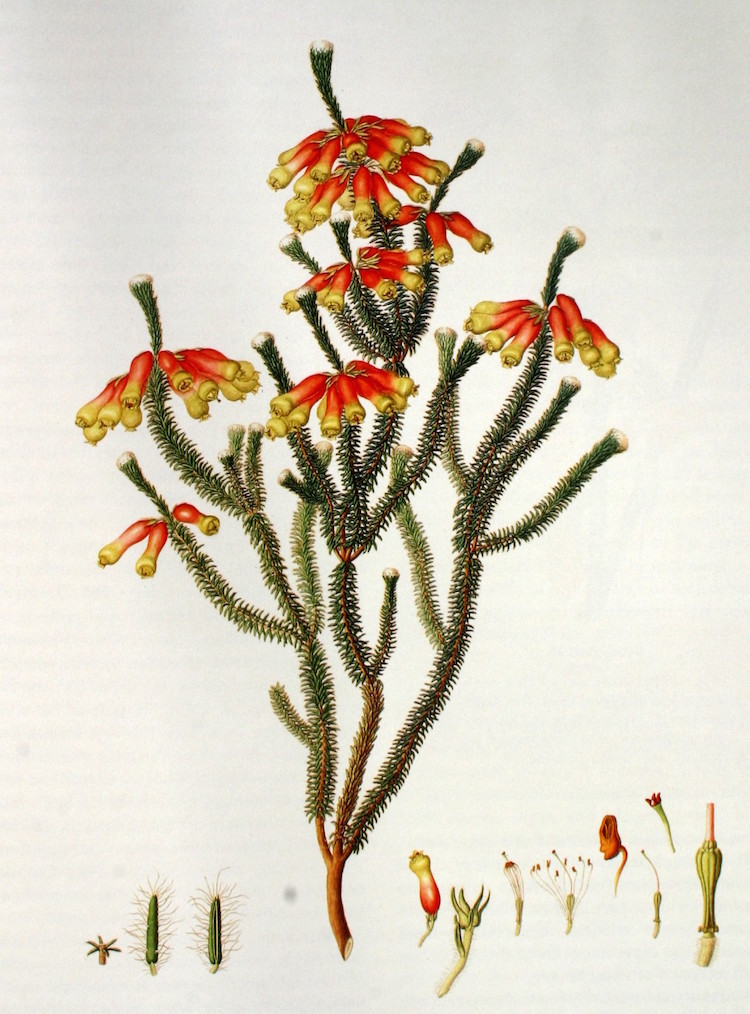
Photo: Franz Bauer via Wikimedia Commons (Public domain)
Franz and Ferdinand Bauer both made an enormous contribution to the “golden century” of natural history illustration between 1750 and 1850.
Franz worked at the Royal Botanic Gardens at Kew for over 50 years and was later employed as “Botanick Painter to his Majesty.” He drew all the new flowering plants at Kew and specialized in painting orchids. Franz's work is noted for its ability to capture the intricate aspects of plants. His brother Ferdinand traveled with botanists and explorers to map and record the natural flora and fauna of Greece and Australia.
Pierre Jean François Turpin (1775 – 1840)
Frenchman Pierre Jean François Turpin was a self-taught artist from the Napoleonic era who is considered to be one of the greatest botanical illustrators. Both a botanist and a masterful watercolorist, the plant genus Turpinia is named in honor of his creative legacy.
Anne Pratt (1806 – 1893)
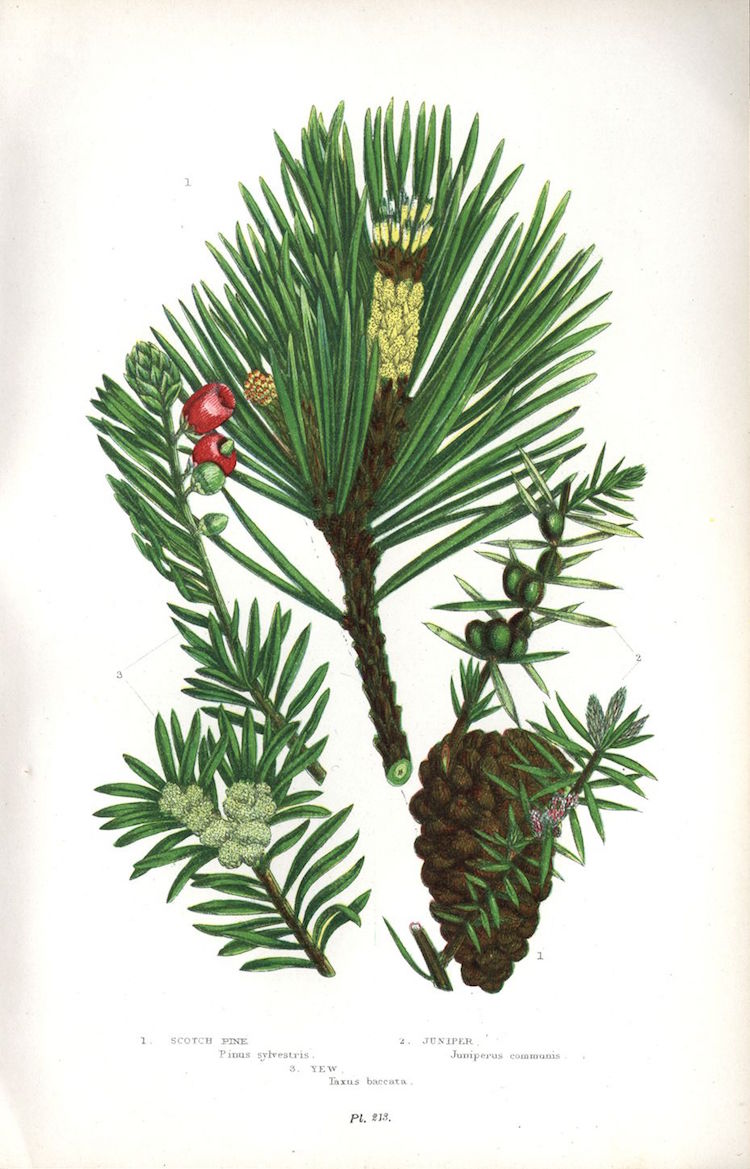
Photo: Anne Pratt via Wikimedia Commons (Public domain)
Anne Pratt is one of the best-known English botanical illustrators of the Victorian age. She contributed to the popularization of botany by writing and illustrating more than 20 books.
Marianne North (1830 – 1890)
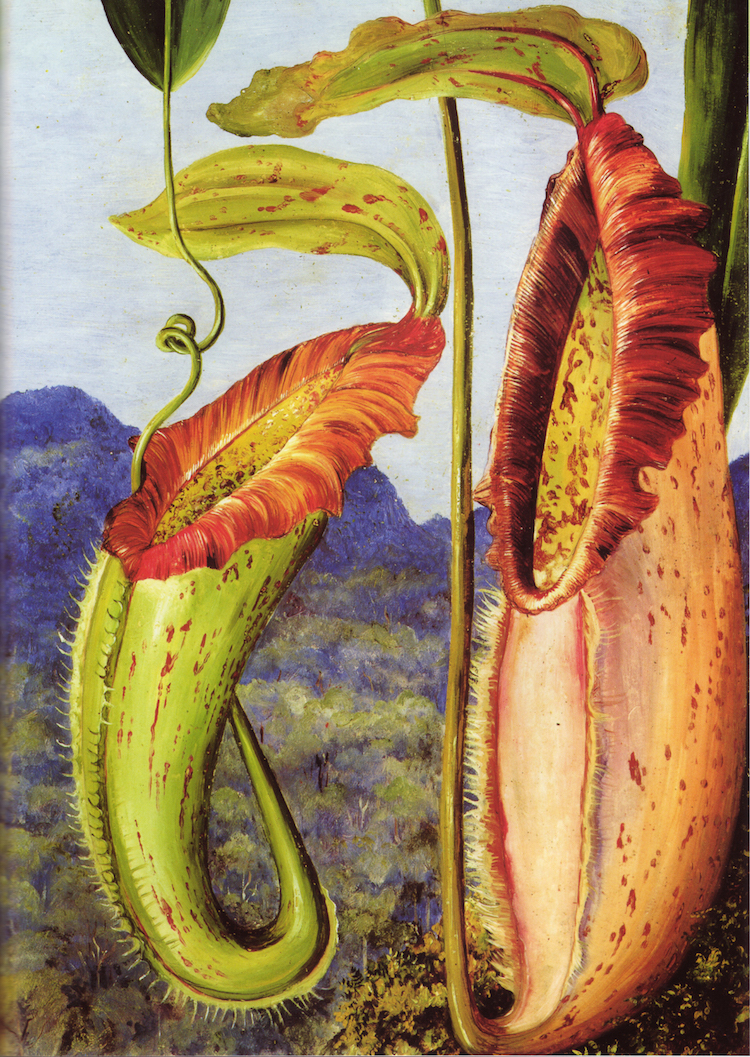
Photo: Marianne North via Wikimedia Commons (Public domain)
Self-taught British artist Marianne North traveled the world painting plants and flowers. She produced 833 paintings from 17 countries in 14 years, depicting more than 900 species of plants. Her paintings are now housed in the Marianne North Gallery at Kew Gardens, London.
Ernst Haeckel (1834-1919)
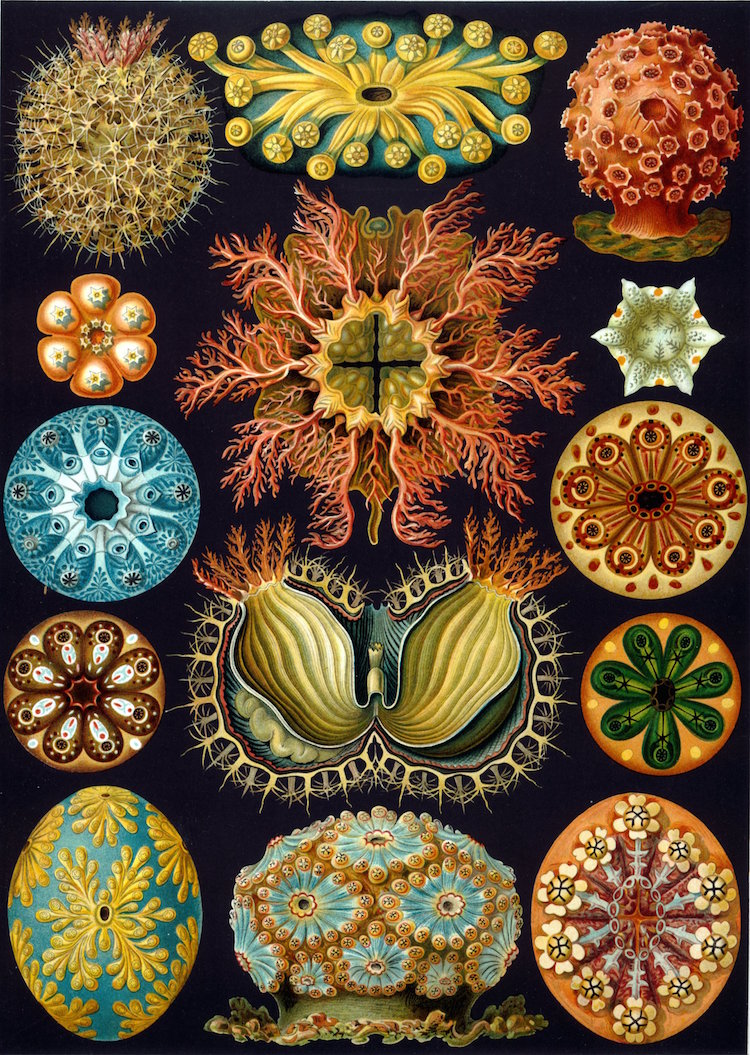
Photo: Ernst Haeckel via Wikimedia Commons (Public domain)
Born in Germany in 1834, Ernst Haeckel spent his life researching flora and fauna “from the highest mountaintops to the deepest ocean.” A biologist, naturalist, philosopher, and artist, his scientific botanical illustrations helped to educate the world about microscopic organisms that were previously unseen. Haeckel's artwork uniquely depicts extraordinary detail that undoubtedly helps in understanding plants. He uses symmetry in his composition, not only for visual appeal but also for scientific accuracy to illustrate the structure of organisms. His work has left a lasting legacy both in the scientific and artistic worlds and has even inspired the work of artists today.
Contemporary Botanical Artists
While traditional illustrations of the past were usually rendered with paint on paper, today’s contemporary botanical art comes in a variety of styles and mediums.
Tiffany Bozic
View this post on Instagram
Self-taught artist Tiffany Bozic’s incredible illustrations are inspired by her “travels to wild places” and her exposure to various research specimens at the California Academy of Sciences in San Francisco. Rendered with watered-down layers of acrylic paint on panels of maple wood, each anatomically correct plant, flower, animal, and insect is painted with precise detail—just like vintage botanical illustrations in old science books. However, Bozic often adds her own surreal twist, depicting her earthly subjects as if they’re from another reality.
Kate Kato
View this post on Instagram
Artist Kate Kato crafts detailed paper sculptures based on various mushrooms, flowers, and insects found within the Welsh valley of her hometown. Influenced by her childhood fascination with botanical illustrations, Kato creates each work to accurately reflect the natural ephemera’s true forms. Each work is made from recycled paper that the artist tints with natural dyes.
“I have always been fascinated by the natural world; a love instilled in me at a young age, and documenting what I discover has become my main motivation for creating my work,” Kato reveals in an artist statement. “As a child I spent a lot of time collecting bits and pieces in tins or boxes which I would take with me on walks through parks or countryside. This has had a huge influence on my work along with my love of botanical illustrations, the natural sciences and the nostalgia of museum visits where, as a child, I would be mesmerized by the variety of exhibits and the way they were displayed. I tend to view my work as a 3D record of my knowledge and experiences of the natural world.”
Zadok Ben-David
View this post on Instagram
London-based artist Zadok Ben-David created an incredible, touring floor installation made up of up to 27,000 hand-painted steel etched flowers based on drawings from 19th Century Victorian encyclopedias. Titled Blackfield, the sprawling array of plant life appeared as black on one side, but when stood from the other side, a vibrant field of color was revealed. The project explored perception and perspective, and as well as life and death.
Rogan Brown
View this post on Instagram
Just like the work of 19th-century biologist Ernst Haeckel, Rogan Brown’s work explores the intricate forms found in microorganisms. The Anglo-Irish artist’s series, Magic Circle, comprises hand- and laser-cut paper sculptures that capture the texture and patterns found in coral, bacteria, and microbes. Each elaborate bio-sculpture requires hours of precise cutting and layering of paper, resulting in a fascinating labyrinth of hypnotic white shapes. Although influenced by scientific drawings, Brown chooses to play with the imagination, creating his own versions of each natural form.
“I am inspired in part by the tradition of scientific drawing and model making, and particularly the work of artist-scientists such as Ernst Haeckel,” Brown says. “But although my approach involves careful observation and detailed ‘scientific' preparatory drawings, these are always superseded by the work of the imagination; everything has to be refracted through the prism of the imagination, estranged and in some way transformed.”
Laura Hart
View this post on Instagram
British glass artist Laura Hart explores the exotic beauty of orchids with her incredibly realistic botanical sculptures. Each perfectly crafted form depicts the flower’s delicate petals, near-perfect symmetry, and vibrant colors and patterns. “My fascination with orchids spans decades and at one point I had nearly seventy in my conservatory,” Hart reveals. “The explosion of color and perfume during the flowering months intoxicate the senses.”
Each piece is scaled up to around 30cm, but still features true-to-form shapes and colors based around the different 28,000 known species of orchid. Hart says, “I endeavor to recreate these incredible flowers as faithfully and authentically as possible, whilst imbuing them with my own artistic interpretation.”
This article has been edited and updated.
Related Articles:
19th Century Biologist’s Illustrations of Microbes Bring Art and Science Together
Incredibly Detailed Paper Sculptures Resemble Natural Microorganisms
Biodiversity Heritage Library Puts 2 Million Botanical Illustrations Online for Free
Artist Keeps Daily Visual Diary of Botanical Illustrations to Document Found Plant Life













































































